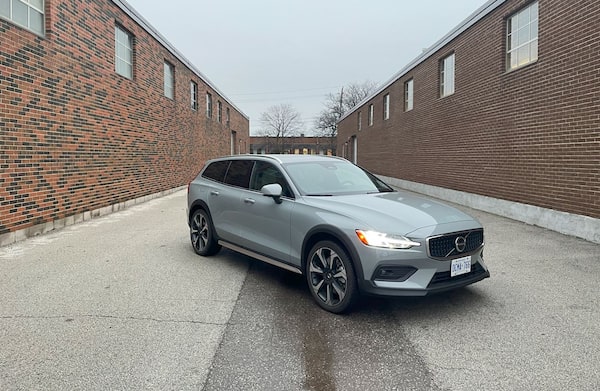The Decline of Volvo’s Station Wagons
Volvo, Sweden’s last major car manufacturer, is facing significant challenges that threaten the future of its iconic station wagons. The company’s struggles are largely attributed to the chaotic U.S.-led trade war and the slower-than-expected adoption of electric vehicles (EVs). As a result, Volvo has had to make difficult decisions, including cutting costs and restructuring its U.S. operations.
The impact of these decisions is already being felt, with the company discontinuing several of its wagon models. The V90 and V60 wagons have recently been removed from Volvo’s lineup, leaving only the V60 Cross Country (V60 CC) and the V90 Cross Country (V90 CC). However, a spokesperson for Volvo Car Canada confirmed that production of the V90 CC will end this year.
The V60 CC, which starts at $54,800, is the last remaining wagon in Volvo’s lineup. While it is still available on the company’s website, it is not prominently featured, suggesting that its days are numbered. The V60 CC is a capable and practical vehicle, with a spacious trunk and a comfortable ride. However, it faces stiff competition from luxury SUVs, such as the BMW X3 and the Lexus NX.
The demise of Volvo’s station wagons is a loss for loyal customers who have come to appreciate the brand’s unique design and functionality. The company’s boxy designs, once considered unfashionable, have become a hallmark of the brand. Volvo’s commitment to creating practical and elegant vehicles is evident in its wagons, which have been a staple of the brand for decades.

Jan Wilsgaard, a renowned designer at Volvo, once said, “There is often beauty in functionality. Natural, uncomplicated solutions based on sound common sense are often the most attractive ones as well.” His philosophy is reflected in Volvo’s wagon designs, which prioritize practicality and simplicity.
As Volvo continues to navigate its current challenges, it remains to be seen whether the company will continue to produce station wagons. The loss of these vehicles would not only alienate loyal customers but also risk diluting the brand’s identity in the crowded luxury car market.



